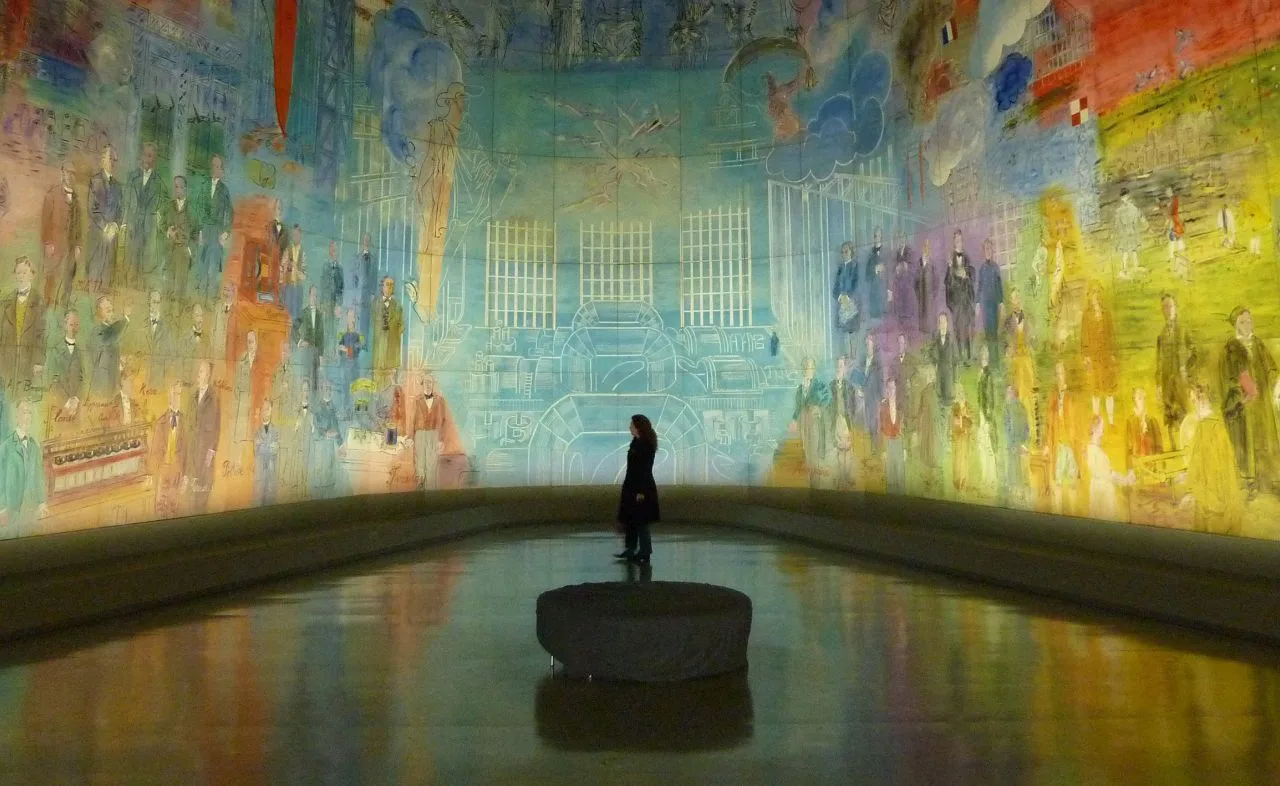A new online museum called the Museum of Looted Antiquities (MOLA) has emerged as a successful digital institution that provides a comprehensive account of repatriated cultural artefacts.
The online museum aims not only to document these objects but also to illuminate the complex networks of smuggling and trafficking within the art world. While extensive information exists on individual items returned to their countries of origin, the broader context such as the original source, the returning parties, and the motivations behind repatriation often becomes obscured within isolated narratives. MOLA addresses this gap, creating a digital platform that traces the provenance of repatriated items while compiling essential data to better understand smuggling patterns and the evolving efforts within the museum industry to return cultural heritage.
“I’ve been collecting repatriation data for nearly 20 years, and I thought it should be a public database,” says MOLA founder Jason Felch in an interview with The Art Newspaper. “It’s a labour of love for me.” Felch, a former investigative journalist for the Los Angeles Times, also co-authored the 2011 book ‘Chasing Aphrodite: The Hunt for Looted Antiquities at the World’s Richest Museum’, which examined the J. Paul Getty Museum’s acquisition practices. “I was writing about repatriation all the time and wanted to go from the anecdotal to analysing data and understanding trend lines,” he explains.
The museum defines ‘looted antiquities’ as those “illegally excavated, taken during colonial conflicts, stolen from documented collections or removed without permission from Indigenous communities” and subsequently trafficked on the art market. The artefacts in MOLA’s collection are predominantly over a century old, and the database only includes repatriations that occurred after 1950. Alongside conventional antiquities, it also catalogues repatriated Indigenous human remains previously held in museum collections. Its mission places the greatest emphasis on the cultural significance of these items to their countries of origin.
Felch has also established a non-profit foundation to support MOLA through grants and donations.
Growing repository of artefacts
Currently, MOLA’s database features more than 860 repatriation cases, encompassing over a million individual artefacts, around 100 of which are displayed online. This database continues to grow as new repatriations occur and as MOLA’s network of historians, archaeologists, and researchers submit information on widely known and obscure cases. A notable example includes the contribution by Buddhist art specialist Angela S. Chiu, who provided an in-depth history of an 11th-century sculpture recently returned by the Metropolitan Museum of Art to Thailand. All entries to MOLA’s database undergo a peer-review process, and each published item includes meticulously sourced references.
Felch believes MOLA fills an important gap in public access to detailed information on repatriated artefacts. Museums often delete online records of returned items, exclude previous auction prices, or omit key details about how items entered their collections. MOLA frequently references citations from now-defunct webpages, preserved on the Internet Archive, to maintain transparency in its entries.
Felch acknowledges recent efforts by major institutions, such as the Met and the Museum of Fine Arts in Boston, to improve transparency around looted objects but adds, “if I thought this was comprehensive, we wouldn’t have launched this project.”
MOLA’s focus on metadata includes the collection of financial data—a significant undertaking given the lack of concrete figures on the black market for antiquities. “We’re collecting financial data for the first time,” Felch notes. According to the digital museums’s findings, the illicit antiquities trade has an estimated value of $2.5 billion, of which $1.6 billion has been documented within MOLA’s database.
Efforts to disrupt trafficking networks
Some of MOLA’s data remains confidential due to the sensitive nature of ongoing investigations involving antiquities traffickers, a factor that differentiates it from other public-facing museums. Nonetheless, scholars and law enforcement officials can request access to records on specific cases.
MOLA’s ultimate goal is to create a comprehensive record of all repatriations since 1950, exposing smuggling networks and using the affiliations uncovered to identify additional looted artefacts in collections. The online museum’s success has already attracted the attention of experts in Nazi-looted art, who are interested in establishing a similar repository for these cases, centralising information and creating links to reveal trafficking networks more clearly.
Equally crucial to its data collection is the interdisciplinary community that supports it. “Collaboration is part of the advantage, and this can’t be overstated,” explains Katherine Davidson, a MOLA team member and PhD candidate in anthropology at Carleton University. “There’s no other project like ours—of open-source data with a global scope of the antiquities trade.”
Davidson, a specialist in public archaeology and the repatriation of human remains, views MOLA as contributing to the reconciliatory project that is repatriation. She highlights the museum’s focus on artefacts that have been returned rather than those still missing. “It sets a good example,” she asserts, noting that “repatriation is the start of a relationship between a museum and a community, not the end of one.”
She recalls how, after Stockholm’s Museum of Ethnography returned a totem pole to the Haisla Nation in Canada, Haisla craftsmen created a replacement and travelled to Sweden to demonstrate the carving process to visitors. “Repatriation stories are feel-good stories,” Davidson reflects, adding that “so far this year, there have been about 70 repatriations—the largest number in a single year according to our data.”
